What is Focusing-Oriented Art Therapy?
Focusing-Oriented Art Therapy (FOAT) is a psychotherapeutic approach that combines the principles of Eugene Gendlin’s Focusing method with the expressive and healing potential of art-making. It is a holistic, experiential model that emphasizes mindful attention to inner experience and the wisdom of the body to facilitate emotional healing, self-understanding, and personal growth.
Is Focusing-Oriented Art Therapy Evidence-Based?
While FOAT is grounded in established psychological principles and has shown promising clinical results, it is a relatively new approach that requires further empirical research to establish a robust evidence base. However, both Focusing and art therapy have independently demonstrated efficacy for a range of mental health concerns, suggesting the potential benefits of their integration.
Core Assumptions and Tenets of Focusing-Oriented Art Therapy
- The body holds implicit knowledge and felt senses that can guide personal growth when attended to mindfully.
- Art-making can externalize and symbolize inner experience, making it tangible and workable.
- The therapeutic relationship provides an empathic, non-judgmental space to explore and process emotional material.
- Change occurs through experiential shifts in how one relates to inner experience, rather than solely through insight or catharsis.
- The client is the expert on their own experience and leads the direction of therapy.
Origins and Development of Focusing-Oriented Art Therapy
FOAT was developed by Laury Rappaport, Ph.D., ATR-BC, REAT, beginning in the 1980s. As a student of Eugene Gendlin, the originator of Focusing, Rappaport recognized the potential of merging Focusing with expressive arts therapies. Her 2009 book, “Focusing-Oriented Art Therapy”, articulated the approach and its applications.
Rappaport’s background in dance/movement therapy, Buddhist psychology, and person-centered expressive arts therapy shaped the development of FOAT. She drew inspiration from humanistic and experiential therapies, somatic approaches, and mindfulness practices prevalent in the 1970s-80s. Her collaborations with other Focusing-oriented therapists and expressive arts practitioners further refined the model.
Cultural and Economic Context of FOAT’s Emergence
FOAT emerged in a cultural climate of growing interest in holistic health, mind-body practices, and Eastern contemplative traditions in the West. The rise of the humanistic psychology movement and the expressive arts therapies in the latter 20th century set the stage for the integration of creative and somatic approaches.
Economically, the increasing professionalization and licensure of counseling and psychotherapy created both opportunities and pressures to establish the credibility and efficacy of new therapeutic models. FOAT sought to bridge established approaches with emerging paradigms.
Integration and Influence in the Field of Psychotherapy
FOAT shares theoretical roots or practices with various approaches, including:
- Person-Centered Therapy
- Gestalt Therapy
- Somatic Experiencing
- Mindfulness-Based Therapies
- Expressive Arts Therapies
- Emotion-Focused Therapy
As an integrative model, FOAT has both incorporated elements of these approaches and also contributed to the cross-pollination of ideas and techniques across modalities. It has played a role in the broader movement towards mind-body, creative, and experiential therapies.
Timeline of Focusing-Oriented Art Therapy
- 1960s – Eugene Gendlin develops Focusing method
- 1970s-80s – Laury Rappaport trains in dance/movement therapy, person-centered expressive therapy, and Buddhist psychology
- 1980s – Rappaport studies Focusing with Gendlin and begins integrating with art therapy
- 1990s – Rappaport presents and publishes on FOAT, trains others
- 2009 – “Focusing-Oriented Art Therapy” book published
- 2010s – International FOAT training programs established; FOAT applied to trauma, addiction, health concerns
FOAT’s Perspective on Trauma, the Unconscious, and the Self
In FOAT, trauma is held in the body and can be accessed through felt senses – vague, yet meaningful sensations in the body. The unconscious is not a separate realm, but rather the vast reservoir of implicit bodily knowing that can be consciously symbolized and worked with through Focusing and art. The self is an ongoing process of unfolding and integration facilitated by curious, compassionate attention to inner experience.
Key Interventions and Techniques in FOAT
- Clearing a space – Mindfully acknowledging and setting aside concerns
- Felt Sense – Attending to bodily sensations related to an issue
- Resonating Handle – Finding a word, phrase or image that matches the felt sense
- Asking – Dialoguing with the felt sense
- Expressive Arts – Using drawing, painting, collage, movement, poetry or other media to externalize the felt sense
- Witnessing – Therapist mirrors and validates client’s experience empathically
- Meaning-Making – Integrating new understandings and action steps
Stages and Goals of Therapy in FOAT
- Establishing safety and therapeutic rapport
- Promoting embodied self-awareness and emotional regulation
- Exploring and transforming challenging experiences and self-limiting patterns
- Integrating new perspectives, resilience, and life-enhancing behaviors
- Concluding and carrying forward learnings Ultimately, FOAT aims to foster a friendly, curious and experiential relationship with the self and to tap into innate resources for growth, healing, and forward movement.
Unique Contributions and Applications
FOAT offers a structured yet client-led way to access implicit knowledge through the body and arts. It cultivates the “radical acceptance” of one’s moment-to-moment experience and felt senses as inherently meaningful. FOAT is applicable to diverse clinical contexts and expands the creative toolkit of verbal therapies. Modern therapists can integrate elements of FOAT to foster mindful, experiential processing and to work with nonverbal levels of experience.
Further Reading and Resources
Rappaport, L. (2009). Focusing-Oriented Art Therapy: Accessing the Body’s Wisdom and Creative Intelligence. London: Jessica Kingsley Publishers.
Gendlin, E.T. (1982). Focusing. New York: Bantam Books.
Klagsbrun, J. et al. (2005). Focusing and expressive arts therapy as a complementary treatment for women with breast cancer. Creativity in Mental Health, 1(1), 101-137.
Rappaport, L. (2010). Focusing-Oriented Art Therapy with people who have chronic illnesses.







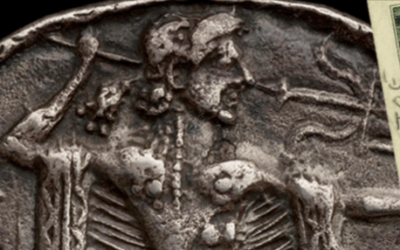



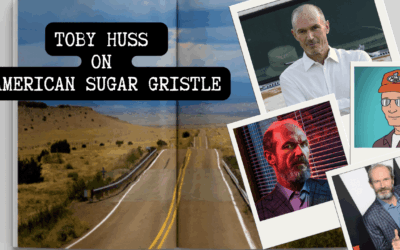


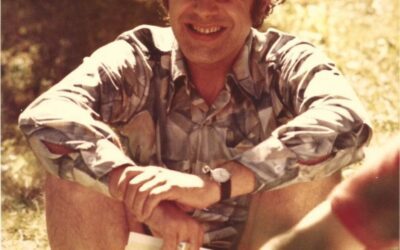
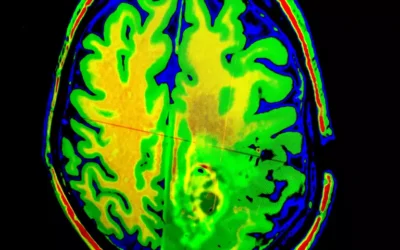
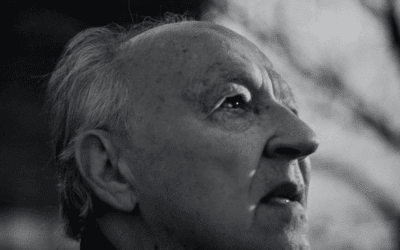


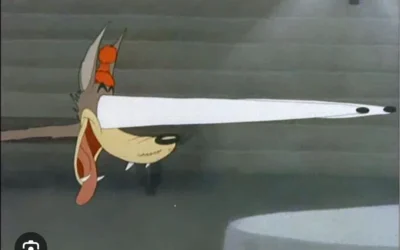

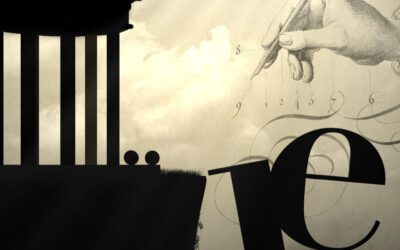
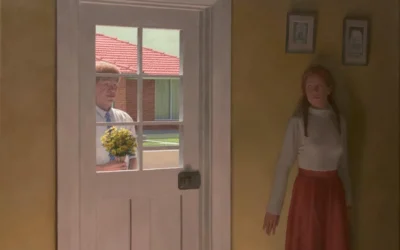
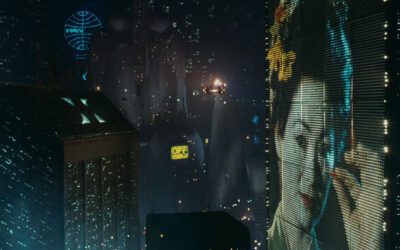
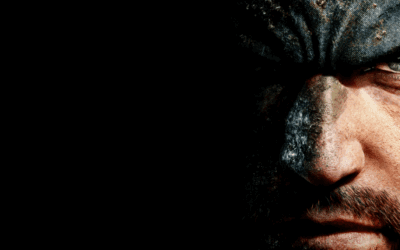


0 Comments